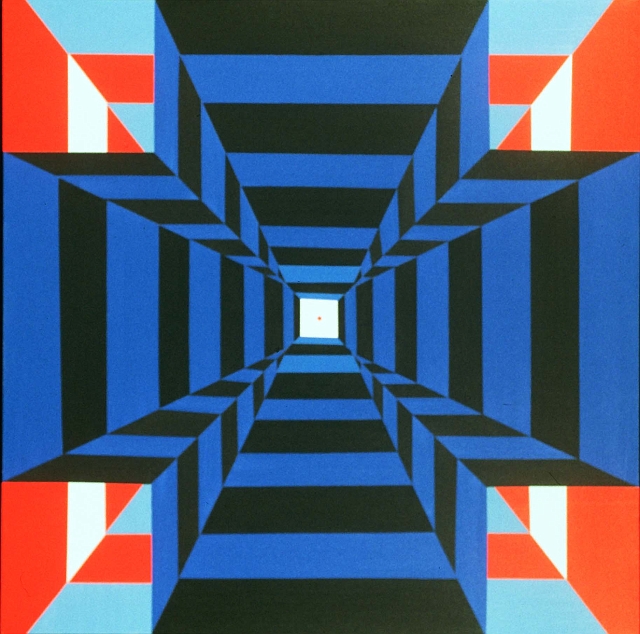|
LITR 4328: American Renaissance |
Model
Assignments |
 |
Tedra Mendoza
Variations of the Gothic
For decades, men and women have been drawn to the gothic, whether that is scary
movies, scary books, or scary ghost stories. There is something deep inside each
and every one of us that yearns for some type of thrill or just a peek at the
dark side. Through literature, we are able to fulfill those desires by picking
up a book and reading from a more obvious author such as Edgar Allan Poe, or we
can choose a milder author such as Nathaniel Hawthorne, or even a more subtle
choice such as Rebecca Harding Davis. Over the course of the semester, these
three authors depict the evolution of the gothic while staying faithful to the
gothic tones.
The gothic genre has been known to have elements such as haunted houses, haunted
castles, secret passages, light and dark, the color gray and red, screams in the
night, eerie sounds, the woods, death, and decay. The Europeans had the castles
and cathedrals, but when the gothic genre became popular in American culture, we
quickly realized that we didn’t have many buildings for the gothic. Therefore,
the haunted woods and the haunted forest became the landscape that would become
the new gothic scenery in American literature.
When people think of gothic literature, they tend to think of Edgar Allan Poe.
Poe has taken us all to the dark side more than a handful of times, yet any time
we read something from him that we haven’t read before, we are still in awe and
want more. He gives us in detail all of the gore, the blood, and the decay
leaving the reader fulfilled with their dark, haunted side. Poe was also one of
the first American Renaissance authors to introduce the gothic as well as the
new American scenery for the gothic due to America’s lack of gothic
architecture.
In his short story The Fall of the House
of Usher, Poe grabs our attention immediately when he begins describing the
scenery as a “dull, dark, and soundless day in the autumn of the year, when the
clouds hung oppressively low.” These words scream gothic elements because of the
“dark” and “day” adjectives. These words play into the dark and light elements
of the gothic genre. Poe continues throughout the short story by depicting the
house as a decaying piece of architecture which then again relates back to the
gothic. Poe also describes the landscape around the house as having “decayed
trees” and many other gothic like elements. He uses the romanticism of his
writing while also encompassing the realism when he describes what places and
people look like. Poe does a fantastic job with executing the gothic within this
short story.
Much like Poe, Hawthorne uses the
wilderness to depict the gothic within
Young Goodman Brown. He describes the road that was taken as “darkened by
the gloomiest trees of the forest” which ties back to how the Americans used the
woods and forests to really grasp the reader with the new gothic scenery. He
uses the mystical to play on the romanticism as well as the realism when he
continues to describe the scenery. Hawthorne continues to use gothic elements
within the short story by incorporating colors such as black, white, red, and
pink. Many believe that pink is used because it is also a part of the red
family. Hawthorne does a great job of giving the readers the eerie effect
throughout the story. Once again, satisfying the dark desires that the readers
have within them.
Continuing into the gothic evolution,
Life in the Iron Mills by Rebecca Harding Davis grabs the reader’s attention
by automatically jumping into the gothic element by using secrets. The narrator
tells the reader to listen to “a secret down here, in this nightmare fog”
depicting something eerie. She continues to use the gothic elements that play
into realism by describing the streets and how muddy they are along with the
lighting of the streets. Instead of using the wilderness, she uses the city to
encompass the gothic scenery.
After reading these authors, the reader can see how the gothic evolved from the
European haunted houses, to the wilderness, to the streets of the city all while
staying true to the gothic genre. People are still lured to the gothic genre
even though they know what the gothic consists of. It is interesting to see it
evolve over the years, because although it did change with the setting, it was
still the same within the smaller aspects.


